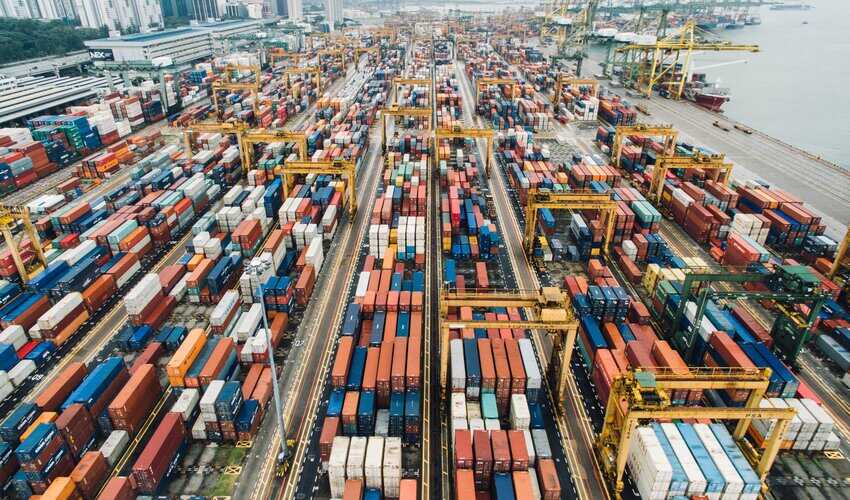Disasters, whether sudden or forewarned, cast a shadow of uncertainty over communities worldwide. Within this turbulence, the underappreciated heroes of disaster mitigation emerge—transportation and logistics. Far more than conduits for goods and services, these sectors form the backbone of preparedness and response, offering a lifeline during times of turmoil. Understanding their integral role and proactive engagement is pivotal in shaping resilient societies, where the paths to recovery are paved by strategic transportation and logistical maneuvers.
Enhancing Preparedness Through Efficient Logistics Networks
Effective disaster preparedness hinges on well-established logistics networks. The ability to pre-position essential supplies, equipment, and resources in strategic locations significantly reduces response time during emergencies. Robust logistical frameworks ensure the swift mobilization of aid, facilitating the timely delivery of life-saving supplies to affected areas. Furthermore, leveraging data analytics and predictive modeling within logistics systems enhances their responsiveness, aiding in accurate resource allocation and distribution.
Transportation Infrastructure as a Resilience Pillar
The resilience of transportation infrastructure plays a pivotal role in disaster mitigation. Resilient infrastructure minimizes disruptions, allowing for the continuous movement of goods, services, and relief supplies, even amidst adversity. Constructing and retrofitting infrastructure to withstand potential disasters—such as earthquakes, floods, or hurricanes—safeguards vital transportation routes, ensuring connectivity remains intact during crises.
Multimodal Connectivity for Disaster Response
A diverse and interconnected transportation system, incorporating various modes such as air, sea, road, and rail, offers flexibility and adaptability during disaster response. Multimodal connectivity becomes instrumental in circumventing disruptions. For instance, when one mode of transportation becomes impassable due to a disaster, an alternative mode can continue operations, ensuring continuity in supply chains and emergency response activities.
Technology and Innovation Driving Resilience
In recent years, technological advancements have revolutionized transportation and logistics in disaster management. Integration of IoT (Internet of Things), AI (Artificial Intelligence), and real-time tracking systems enables better monitoring and management of critical supplies during emergencies. Additionally, the use of drones for rapid assessment and delivery in hard-to-reach areas has proven invaluable in disaster response efforts, facilitating timely aid delivery.
Public-Private Partnerships Fostering Resilience
Collaboration between the public and private sectors is integral in building resilient transportation and logistics systems. Public-private partnerships promote resource-sharing, expertise exchange, and the development of innovative solutions. By leveraging each other’s strengths, these collaborations enhance the overall preparedness and response capabilities, fostering a more comprehensive and efficient approach to disaster mitigation.

